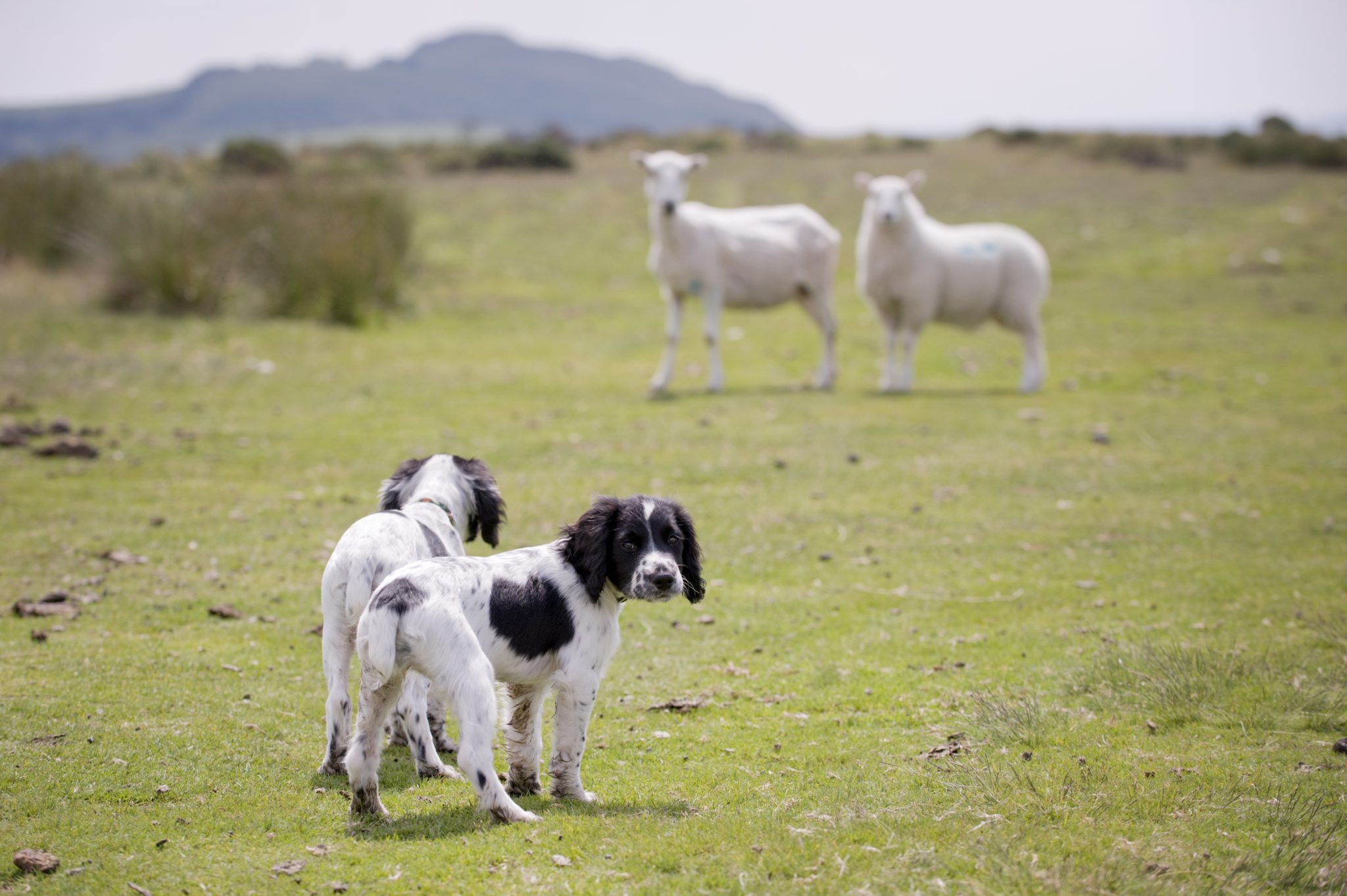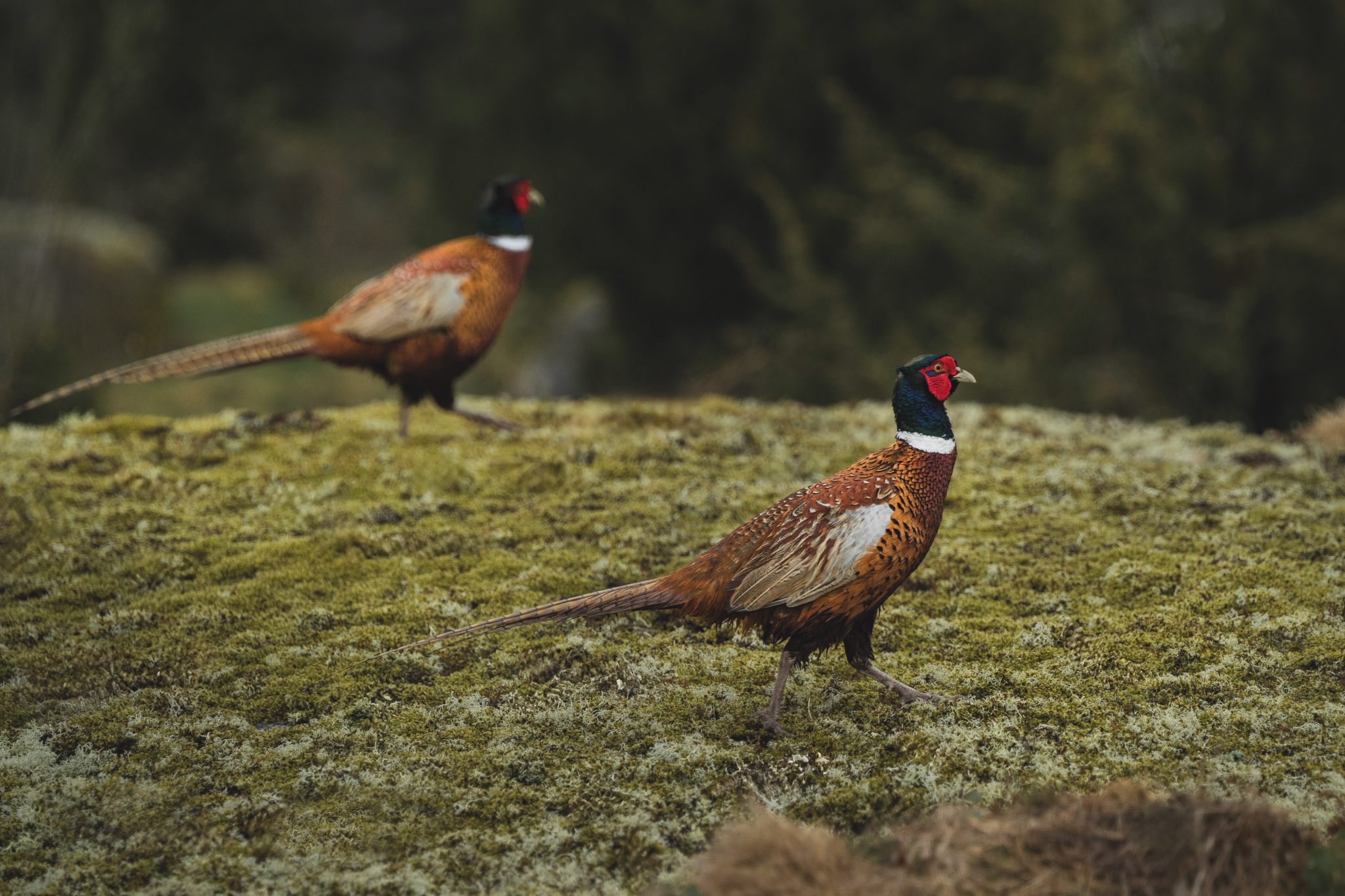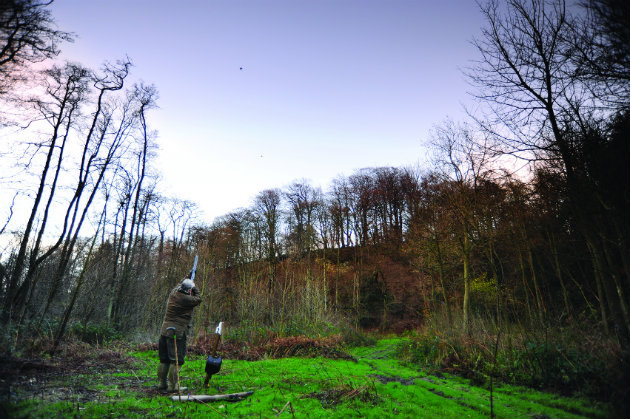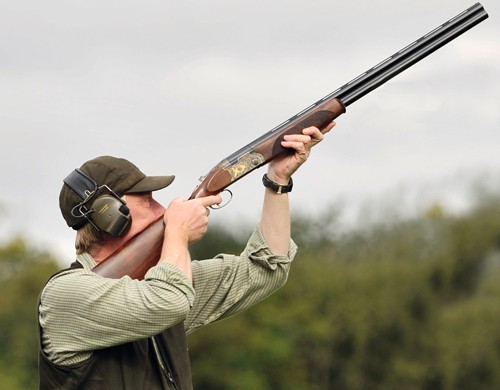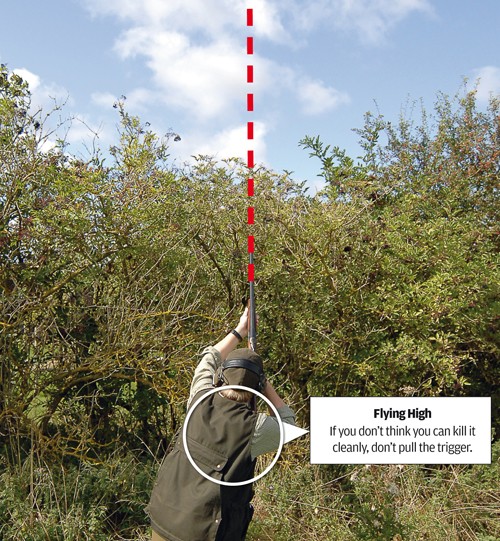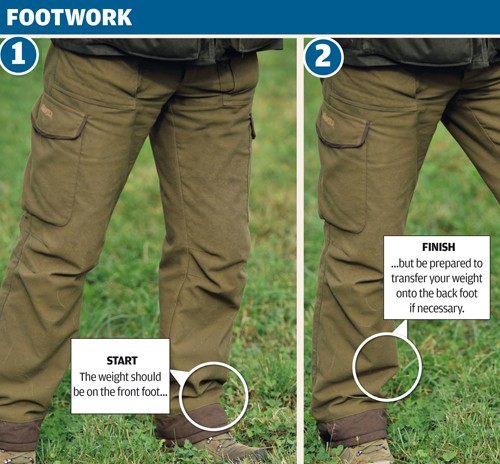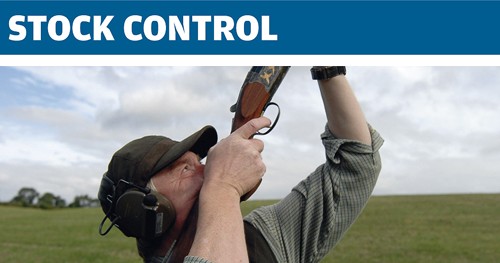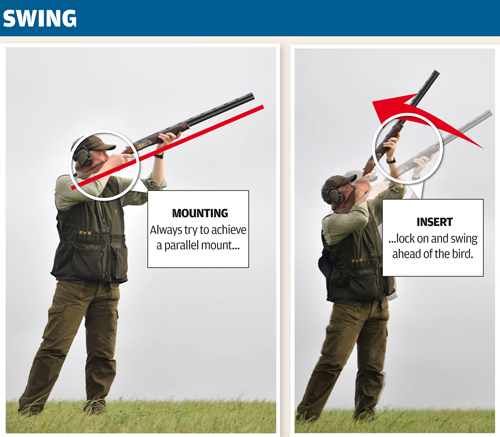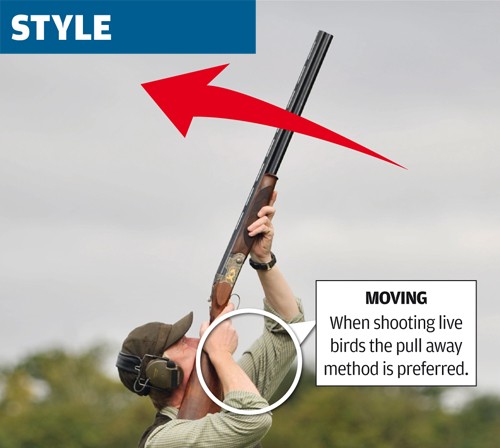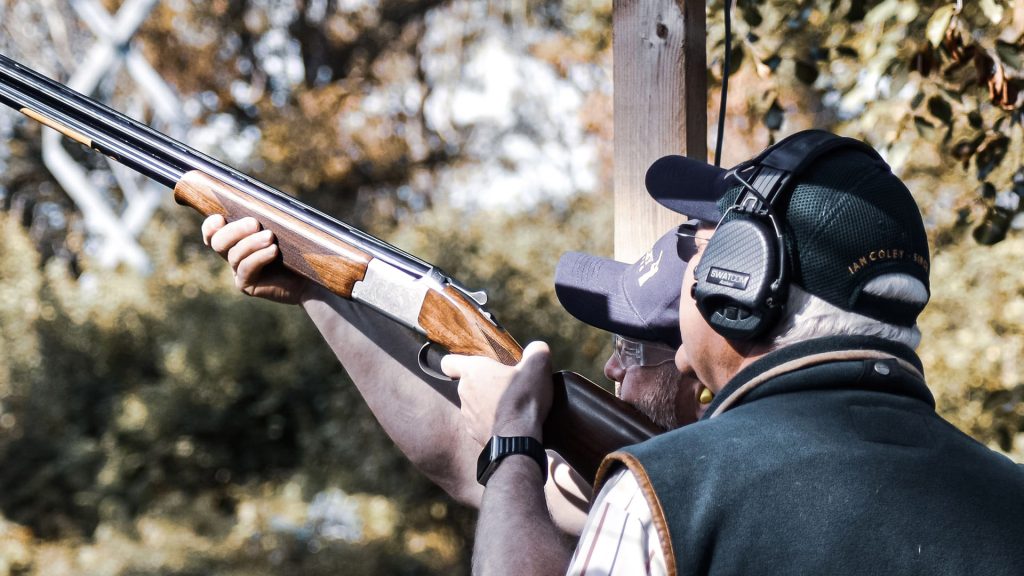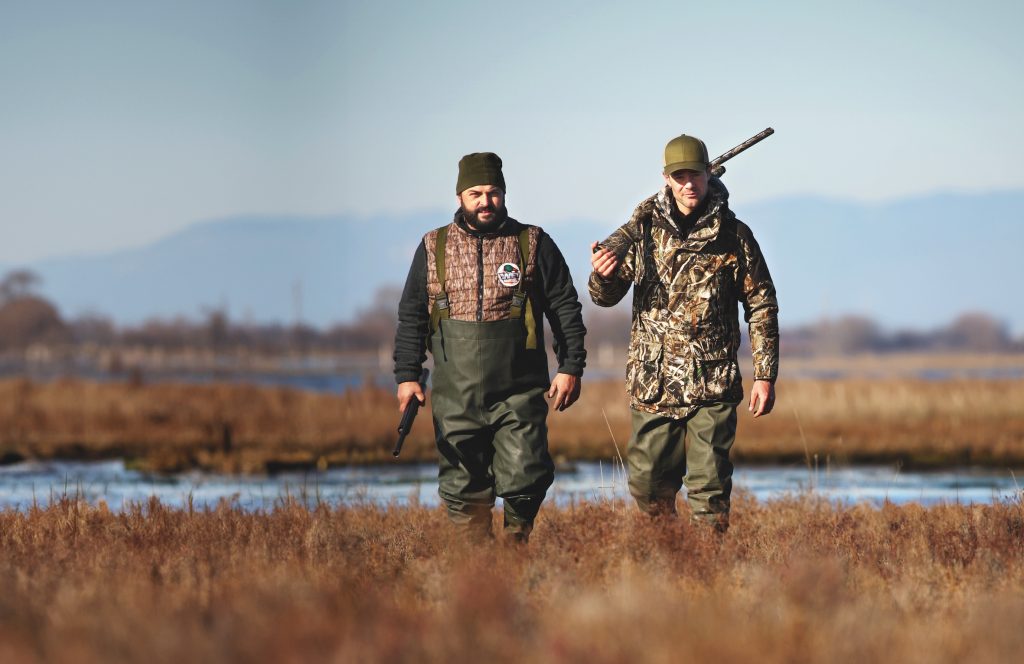A: If there is one question I get asked time again, it’s about hitting high birds. The first thing is to know your…
Win CENS ProFlex DX5 earplugs worth £1,149 – enter here
High pheasant shooting – how to master it
High driven pheasant shooting lesson: It’s getting to that time of the year when the birds are really beginning to fly well.
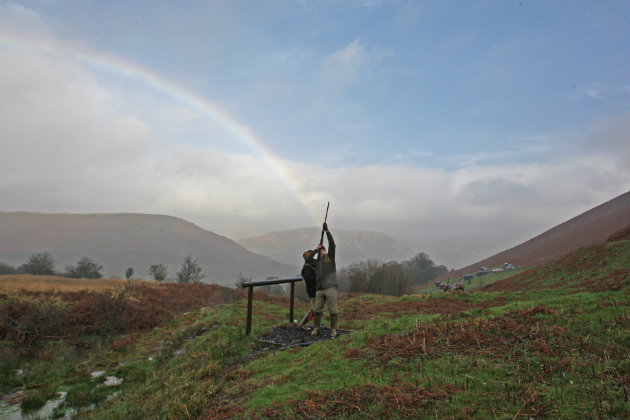
At this time of year the birds are going to have been there, seen it, done it.
Time for some high pheasant shooting tips
By now there’s a good chance that many of the pheasants on the shoot will have been shot at already, and their natural defence mechanism tells them to get up as high as possible, and as quickly as possible.
These are generally pretty testing targets, but they’re genuinely sporting and they’ll be the ones you remember at the end of the season.
So you need to know how to tackle high pheasant shooting properly.
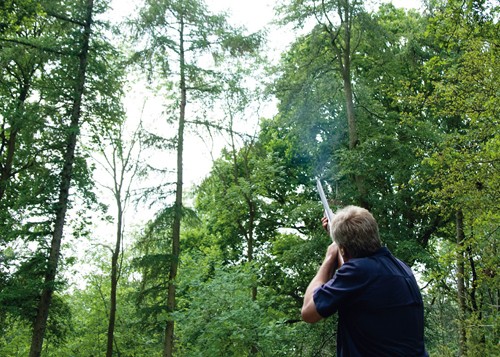
Unlike clay targets, where it doesn’t really matter if you miss, live quarry has to be respected so if you don’t think you can kill it cleanly, don’t pull the trigger.
Here’s what it takes to master hitting high driven birds and how to practice on a sporting layout at the clay ground.
Having trouble shooting high pheasants? Then read these expert tips
Chris Bird at Hollands offers some high pheasant shooting tips
So what exactly is a high bird?
I’d say about 20 yards. That’s about the length of a cricket pitch, or roughly the distance between streetlights.
Judging that distance in the air can be difficult as there are no reference points to draw on in an empty sky.
There’s no easy way of learning other than through practice.
Sight pictures memorised over the years will help – and a dollop of common sense.
If the bird is comfortably clearing the tops of the trees you can make a pretty good guess that it’s going to be roughly between 15 and 25 yards up in the air.
Think how much forward allowance you’d give to a straight crosser if it was flying at this distance – and give it the same amount of lead when you pull the trigger.
Take time to study the target closely before firing and you’ll miss less and have fewer pricked birds.
- Being steady on your feet is important for hitting high birds consistently
- Transfer the weight from your front to back foot during the swing to keep things smooth
- Practice dry mounting at home regularly to make the process second nature.
- If you’re right handed, the distribution of your weight needs to be taken from the toe of the left foot, through a neutral flat-footed stance and onto the heel of the right foot. (The other way around if you’re left-handed).
- Try and achieve a nice, smooth rocking action.
- Don’t keep your weight on the front foot and rock from the waist. You may injure your back and you will restrict the swing of the gun.
Don’t rush things
Don’t mount your gun too soon. If you do, you’ll end up aiming at the bird rather than getting in front of it with a moving muzzle.
Holding the gun in the shoulder for a long time will also make your arms ache – the gun will start to wobble, you’ll probably lift your face from the stock and, almost inevitably, you’ll miss the bird.
Always aim for a parallel gun mount.
This way the gun will come into the face as it should. If the gun isn’t mounted properly it will not point where you’re looking, resulting in a miss.
The biggest mistake shooters make when presented with a high bird is to aim at the target – and even shooting novices know that this is a recipe for disaster.
You must swing the gun – and keep it moving after the trigger has been pulled.
Because of the distance, high birds often appear to be travelling slower than they really are, which tempts the shooter to aim directly at the bird. Don’t – you must swing the gun.
How do you get ahead of the bird. There are pros and cons for all the shooting styles, be it swing through, pull away or maintained lead.
I’d generally opt for the pull away (CPSA) method.
Swinging through the target or using maintained lead could be counter productive, as the muzzles can often obscure the bird.
This makes the shooter raise his head off the stock to get sight of the bird, the shooter is then not looking where the gun is pointing and you’ve got another miss or pricked bird to contend with.
Take away tips from this article
- Keep the muzzles up as the bird comes into view, but not so high that they obscure the target.
- Don’t mount the gun too early, and try to pull away rather than swing through.
- Be ready to transfer your weight onto the back foot if necessary.
- If the bird is really high, move your hand down the fore end towards the breech as this allows more movement at the muzzles and will not restrict your swing.
Related Articles
Get the latest news delivered direct to your door
Subscribe to Shooting Times & Country
Discover the ultimate companion for field sports enthusiasts with Shooting Times & Country Magazine, the UK’s leading weekly publication that has been at the forefront of shooting culture since 1882. Subscribers gain access to expert tips, comprehensive gear reviews, seasonal advice and a vibrant community of like-minded shooters.
Save on shop price when you subscribe with weekly issues featuring in-depth articles on gundog training, exclusive member offers and access to the digital back issue library. A Shooting Times & Country subscription is more than a magazine, don’t just read about the countryside; immerse yourself in its most authoritative and engaging publication.



